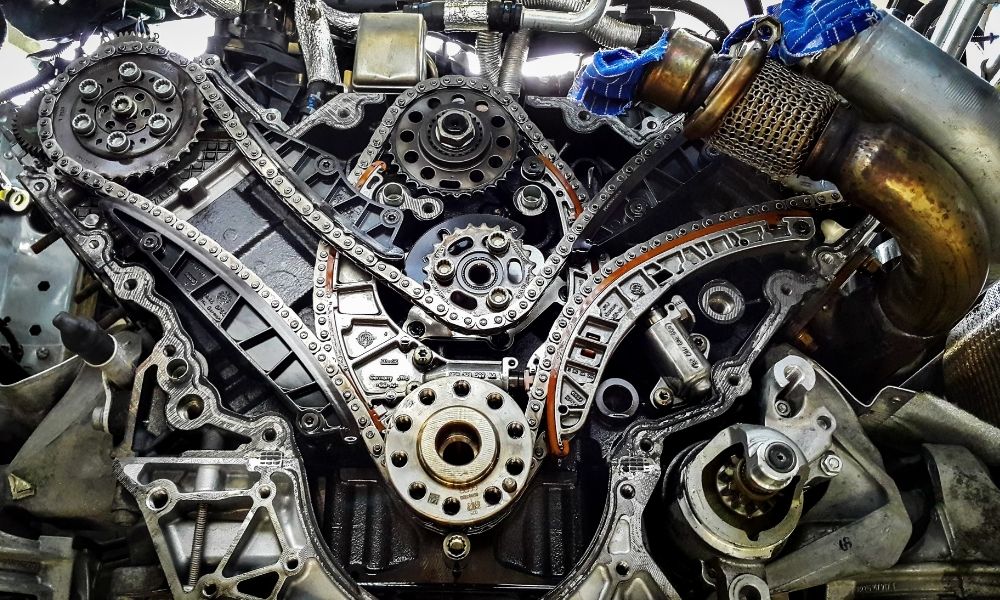
Choosing the correct engine and transmission combination is essential to maximizing the efficiency and performance of your vehicle. Without the optimal combo, your vehicle will likely get either overworked or underworked which may lead to premature wear and tear, extra maintenance needs, or wasted funds. To perfect the powertrain of your vehicle, consult this guide on how to choose the right engine and transmission combo.
Determine the Application of Your Vehicle
To determine the ideal engine and transmission combo, you must first identify the application of your vehicle. Some factors to consider include the road surface you will primarily drive your vehicle on, its maximum operating weight, and its maximum starting grade. Such considerations pertaining to operating conditions are important to deliberate, as certain transmissions and engines may not be suitable for certain applications. Ultimately, the factors listed above will help you determine the torque and gearing necessary for optimal operation.
Account for Engine Displacement
Another tip on how to choose the right engine and transmission combo is to consider engine displacement. The required engine displacement will generally vary depending on the size of the loads that a vehicle will typically haul. If you plan on hauling heavy loads with your vehicle, choose an engine with a smaller engine displacement, as it will have a smaller weight.
Decide Between Manual vs. Automatic
The choice between a manual and automatic transmission is another key consideration when creating a favorable engine-transmission combo. When deciding between a manual or automatic, there are numerous factors to consider such as one’s desired ease of driving, level of control, and fuel efficiency.
In addition, the power and torque of your vehicle’s engine should be considered during the decision process to match the two components properly. Keep in mind that because automatic transmissions can be outfitted with torque converters, an automatic transmission may have more torque than a manual.
Consider Rear Axle Ratio
Before choosing an engine and transmission combo, you should also consider your vehicle's rear axle ratio. Your car’s axle ratio refers to the gears in its differential—a device which links the rear axle to the driveshaft and engine. Lower rear axle ratios generally work best with direct drive transmissions. On the other hand, transmission overdrive units are typically used with higher rear axle ratios in order to supply the engine with the power it needs to hit higher speeds with a lower RPM.
To find the transmission systems and components necessary to create a favorable engine and transmission combination, shop Transparts Warehouse’s extensive inventory today.

